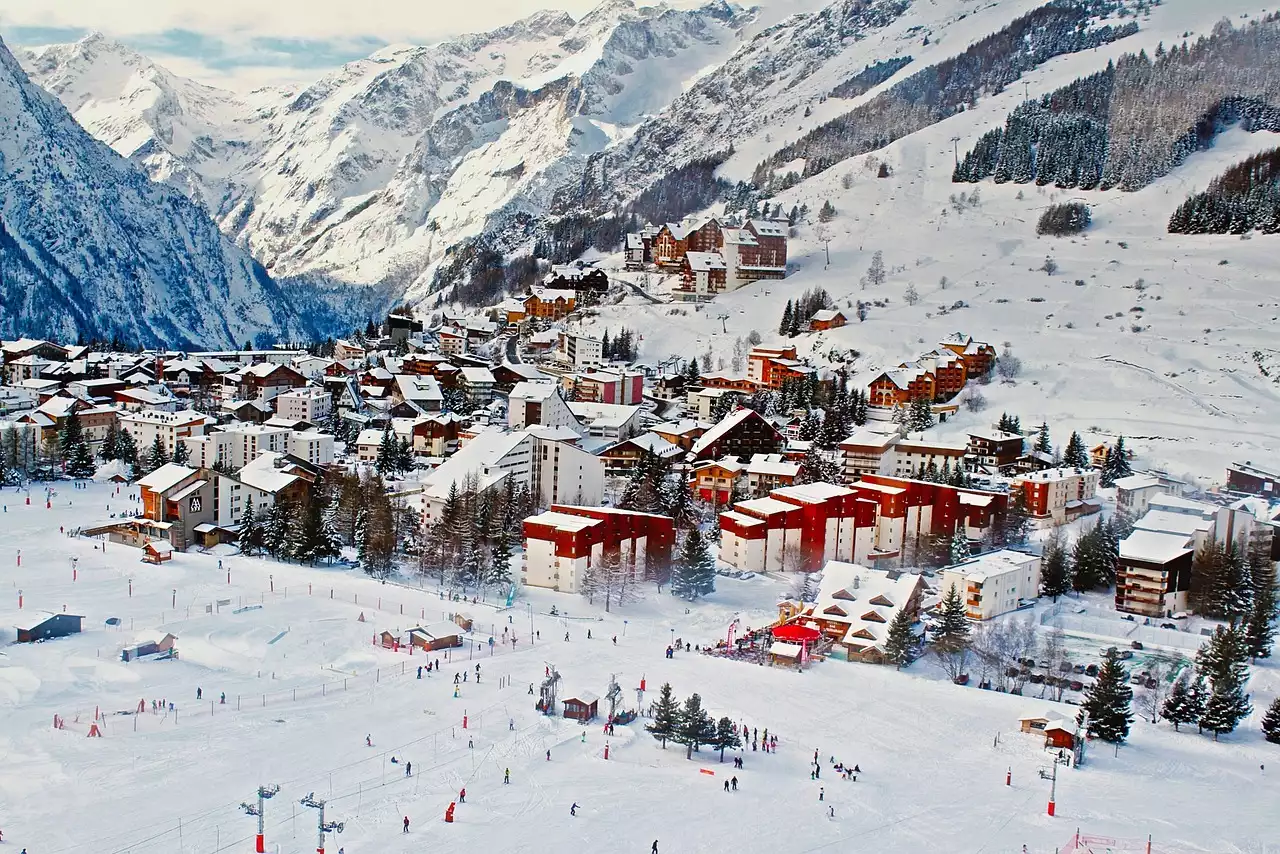The Environmental Impact of Ski Resorts
Ski resorts can have a significant impact on the environment due to their energy consumption, water usage, and waste production. For example, ski lifts require a lot of energy to operate, and snowmaking requires a lot of water. Additionally, the construction and maintenance of ski resorts can lead to deforestation, soil erosion, and habitat loss. Ski resorts can also produce significant amounts of waste, including food waste, plastic waste, and hazardous waste.
However, ski resorts are taking steps to reduce their environmental impact. For example, they are using renewable energy sources such as solar and wind power to reduce their energy consumption. They are also implementing water conservation programs and reducing their use of chemicals in snowmaking. Additionally, ski resorts are implementing waste reduction programs, such as composting and recycling, to reduce their waste production.
Sustainable Ski Resort Practices
Ski resorts are embracing sustainable practices to reduce their environmental impact. One way they are doing this is by using sustainable materials in their construction and maintenance. For example, some ski resorts are using recycled materials for building and landscaping, and others are using environmentally friendly products for snowmaking.
Another way ski resorts are becoming more sustainable is by implementing energy-efficient practices. For example, ski resorts are using energy-efficient lighting and heating systems to reduce their energy consumption. They are also using energy-efficient ski lifts that use less energy to transport skiers up the mountain.
Eco-Friendly Ski Equipment
Ski equipment can also have an impact on the environment. However, ski manufacturers are taking steps to reduce the environmental impact of their products. For example, some ski manufacturers are using sustainable materials in their products, such as bamboo and recycled plastics. Additionally, some ski manufacturers are implementing recycling programs to reduce the waste produced by their products.
Ski resorts are also encouraging skiers to use eco-friendly ski equipment. For example, some ski resorts offer ski rentals that use environmentally friendly materials, such as biodegradable wax. Additionally, some ski resorts offer equipment recycling programs to encourage skiers to dispose of their old equipment in an environmentally friendly way.
Energy-Efficient Ski Lifts and Snowmaking
Ski lifts and snowmaking are two of the biggest energy consumers at ski resorts. However, ski resorts are implementing energy-efficient practices to reduce their energy consumption. For example, some ski resorts are using energy-efficient ski lifts that use less energy to transport skiers up the mountain. Additionally, some ski resorts are using energy-efficient snowmaking equipment that uses less water and energy.
Some ski resorts are also using renewable energy sources to power their ski lifts and snowmaking equipment. For example, some ski resorts are using solar power to power their ski lifts, and others are using wind power to power their snowmaking equipment.
Reducing Waste and Promoting Recycling
Ski resorts are implementing waste reduction programs to reduce the amount of waste they produce. For example, some ski resorts are implementing composting programs to reduce food waste, and others are implementing recycling programs to reduce plastic waste. Additionally, some ski resorts are encouraging skiers to bring their own reusable water bottles to reduce the use of single-use plastic bottles.
Ski resorts are also partnering with local waste management organizations to ensure that their waste is disposed of in an environmentally friendly way. Additionally, some ski resorts are implementing programs to collect hazardous waste, such as batteries and electronics, to ensure that they are disposed of safely.
Sustainable Food and Beverage Options
Ski resorts are also offering sustainable food and beverage options to reduce their environmental impact. For example, some ski resorts are offering locally sourced food to reduce the carbon footprint of their food supply chain. Additionally, some ski resorts are offering vegetarian and vegan options to reduce the environmental impact of meat production.
Ski resorts are also implementing programs to reduce food waste. For example, some ski resorts are donating excess food to local food banks, and others are composting food waste to reduce the amount of waste they produce.
Partnering with Local Communities and Organizations
Ski resorts are partnering with local communities and organizations to reduce their environmental impact. For example, some ski resorts are partnering with local environmental organizations to implement sustainable practices. Additionally, some ski resorts are partnering with local businesses to support the local economy.
Ski resorts are also working with local communities to reduce their impact on the environment. For example, some ski resorts are implementing programs to reduce traffic congestion, which can lead to increased air pollution. Additionally, some ski resorts are implementing programs to reduce noise pollution, which can be disruptive to local wildlife.
The Economic Benefits of Sustainable Skiing
Sustainable skiing practices not only benefit the environment but also have economic benefits. For example, implementing sustainable practices can reduce operating costs, such as energy and waste management costs. Additionally, sustainable practices can attract environmentally conscious consumers who are willing to pay a premium for sustainable products and services.
Sustainable skiing practices can also benefit the local economy. For example, partnering with local businesses can support the local economy and create jobs. Additionally, sustainable practices can attract tourists who are interested in environmentally friendly tourism.








.png?size=50)

